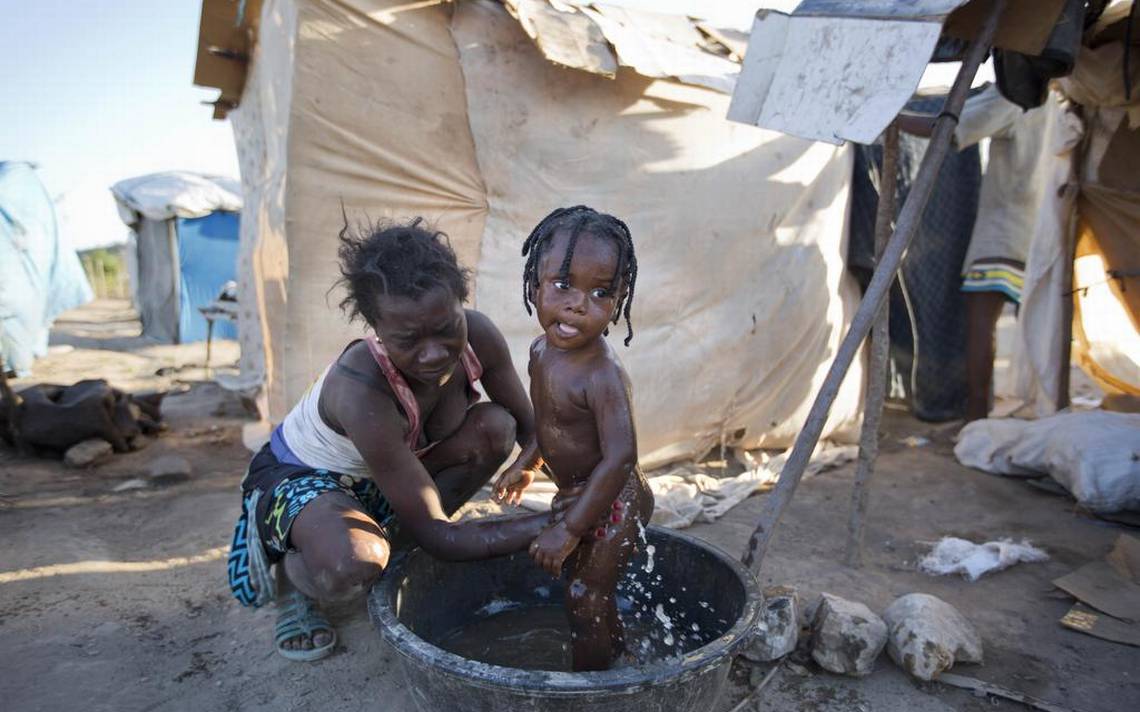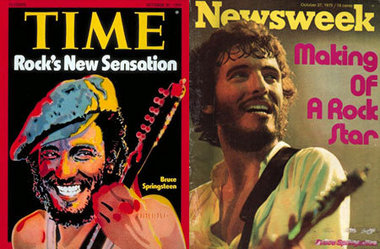WEST LONG BRANCH, N.J.–While some Monmouth University students might have elected to spend their winter break catching up on sleep, a select number of students embarked on a trip to Canaan, Haiti, to spend nine days of the holiday building a church.
This particular trip, which ran from Jan. 2 to Jan. 11, is organized by Corey Inzana, a member of the Residential Life staff. Inzana started the alternative break Program, which originally only took students to Guatemala and Nicaragua.
After the 2010 earthquake in Haiti, Inzana heard a missionary speak at his church about the needs of the Haitian people. In 2012, Inzana visited for the first time and met with Organization Destiny. A year later, he brought Monmouth students as a part of the alternative break Program.
“We had the pleasure of doing the foundation for an orphanage, a school, and a church,” Inzana said.
During this trip, the group finished the church foundation. Erin Hughes, a junior at Monmouth, has been on the Haiti service trip twice and says that a typical day in Haiti is never predictable.
“We get to work. That could involve moving rocks, mixing cement, moving cement, digging foundations, or whatever else they need,” Hughes said. “We work with local foremen who know how construction should take place.”
Not only do the students spend their time doing manual labor, but they also work with the children who stay at the local orphanage in Destiny Village. Hughes says they often spend mornings playing with the boys before they begin building.

“While it is grueling work, it is always fun with your team and the boys helping you out,” Hughes said.
Zach Bayles, a junior, is another Haiti returner who recalls the trip as a positive experience.
“Trips like this put into perspective how well we have it,” Bayles said. “Things like clean running water, electricity, clothes on our back, a roof over our heads…they don’t really have that over there.”
Last year, near the end of the trip, Bayles decided to sponsor a student and continues to give monthly donations to help him fund school expenses. Bayles saw him again this year when he revisited.
“I love seeing him,” he said. “He’s a great guy.”
Although the alternative break trips differ from traditional study abroad experiences, Dr. Christopher Hirschler, the study abroad faculty director, said that traveling to a developing country can still be eye-opening for students.
“Reading the CDC’s Health Information for Travelers, including information about recommended vaccines, personal security, and travel tips causes a person to realize the differences,” Hirschler said. “Students are often surprised by the similarities they encounter— that humor, love, and friendships and family play a similar role…in the lives of people living in different countries.”
Students who went on the Haiti trip can attest to Dr. Hirschler’s words. Hughes, who formed a friendship with a young Haitian boy named Peterson, described the reward of forming connections.
“For the last two years I’ve been trying to get through to him,” she said. “I felt a true connection with this boy. Make no mistake, Peterson changed my heart even more than I changed his.”
Joseph Schuld, senior and former Guatemala service trip attendee, says that his involvement in the service trips as a junior affected his decision to apply for the Peace Corps.
“The alternative break service project is easily the most impactful event of my life,” Schuld said. “I learned many things on that trip, including the value of service and an appreciation for the most basic facets of human life.”
Schuld hopes to work in Peru for the health services side of the Peace Corps upon graduation, if accepted.
Despite the positive experiences that the students enjoy from traveling to Haiti, Dr. Hirschler warns of the negative side of service trip projects.
Before his students embark on a Public Health Trip to Guatemala, Hirschler requires them to read two articles; one is called “7 Reasons Why Your Two Week Trip to Haiti Doesn’t Matter: Calling Bull on Service Trips,” written by Michelle Lynn Stayton, and the second is “To Hell with Good Intentions,” by Ivan Illich. Both express the immediate flaws in some service-related trips and present different ways to combat such challenges. Inzana also prepares his students before their trip by organizing meetings that educate the students on Haiti.
“We have weekly meetings from Creole 101 to going over a song that we can sing to the kids in their language to four groups each presenting on a topic,” he said. “Like Haiti’s current events, geography, history, or government and politics.”
Although the students enjoy the takeaways from the experiences, the service trips do not come without difficulties. For Bayles, leaving Haiti is always the most difficult part.
“You spend the whole week getting to know these kids,” Bayles said. “You feel an extreme amount of guilt because you are going home to your comfy life and they are still here.”
Despite this, many of the students who attended the alternative break service trips would recommend the experience to other Monmouth students.
“Students should get involved because it offers the opportunity to do something greater than themselves,” Hughes said. “Nothing has influenced my life the way these trips have.”
Students can get involved by contacting Inzana, the head coordinator, to discuss potential interest meeting dates and the application process. Applications are usually sent out in the first week of September, and students participate in an interview process with Inzana. This year, a total of 192 students came out to the interest meetings and Inzana brought 54 students total for the three locations combined, with 13 students visiting Haiti.
The average cost of the trip ranges from $1,000 to $1,400, but attendees for all three destinations, including Guatemala, Nicaragua, and Haiti, fundraise together during the year. The group sponsors events like the Holiday Bazaar and Frozen Funrun, for example. Inzana also said that people often donate money to help cover flight deposits and other, similar expenses for students.
“I want them to have an out-of-classroom experience that opens their eyes and makes them appreciate all they’ve been given,” Inzana said. “Not that we can solve the world’s problems, but students can leave with a sense of wanting to serve others.”



